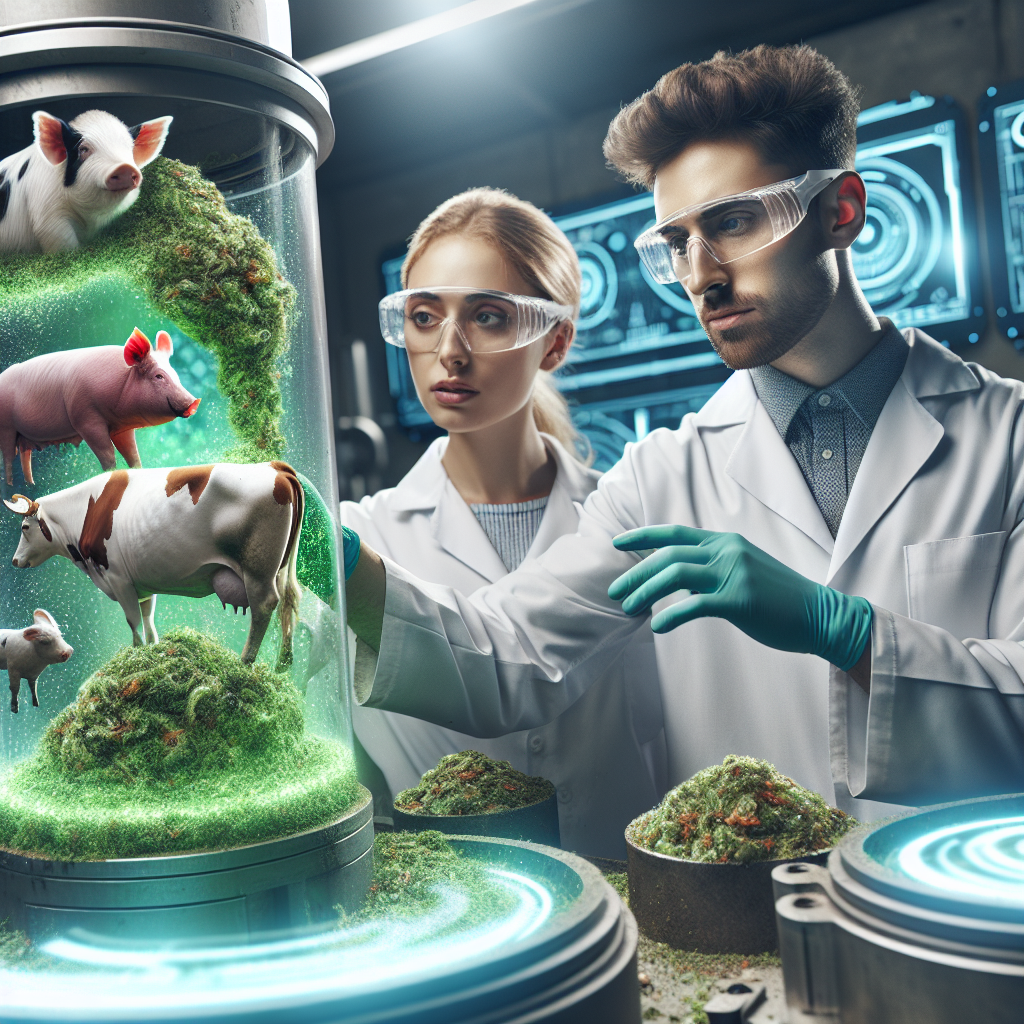
As global agricultural demands continue to rise, scientists are increasingly turning to innovative methods like artificial intelligence to address pressing environmental concerns associated with livestock waste. A groundbreaking study conducted by Xiaofei Ge and a team from China Agricultural University has demonstrated the potential for machine learning to revolutionize the management of animal waste. The research focuses on predicting the fate of phosphorus—a critical yet potentially hazardous nutrient—derived from swine manure, a common byproduct in livestock farming.
The challenge of manure management has long plagued the agricultural sector. The sheer volume of waste produced can lead to significant environmental degradation and health risks if not handled responsibly. However, animal manure is also rich in valuable nutrients such as nitrogen, phosphorus, and carbon, essential for soil health and crop production. The key lies in effectively reclaiming these nutrients without exacerbating pollution problems.
Phosphorus is dual-faceted; it plays a critical role in plant growth but poses environmental threats when mishandled. Excess phosphorus in water bodies can trigger harmful algal blooms that deplete oxygen and endanger aquatic life. In the words of Ge, “Livestock manure contains massive amounts of phosphorus that are a blessing and a curse.” This duality underscores the necessity for sustainable practices that could transform waste into renewable resources.
The study investigates hydrothermal treatment—an energy-intensive procedure that treats moist biomass under pressure—to convert swine manure into two distinct products: hydrochar, a nutrient-rich solid, and a liquid byproduct. Unlike traditional composting or drying methods, hydrothermal treatment simplifies processing as it eliminates pre-drying needs and enhances nutrient retention. However, it has historically been difficult to determine how phosphorus is distributed between the solid and liquid phases during this treatment.
To unravel this complexity, Ge’s team employed three advanced machine learning models—XGBoost, Decision Tree, and Random Forest—to predict phosphorus distribution under varying treatment conditions. The researchers compiled a rich dataset comprising 423 experimental results from earlier studies, supplemented by 32 new trials they conducted. These experiments examined a variety of factors, including reaction temperature, treatment duration, pH levels, and concentrations of iron and calcium ions.
The findings revealed that the XGBoost model emerged as the most effective predictive tool, demonstrating remarkable accuracy in forecasting phosphorus distribution, particularly in terms of inorganic phosphorus levels found in the liquid phase. This success signifies a substantial step forward, as it allows researchers and practitioners to optimize treatment conditions to maximize phosphorus recovery, thus avoiding the need for extensive laboratory testing.
The implications of this research extend beyond environmental health; they also resonate with the economic aspects of agriculture. By enabling more effective recycling of livestock waste, farmers could reduce reliance on synthetic fertilizers, leading to cost savings and sustainable practices that are increasingly demanded by consumers. The interplay between AI and sustainable farming not only addresses waste management challenges but also aligns with the broader movement towards environmentally responsible agricultural practices.
In conclusion, the integration of AI into livestock waste management represents a significant advancement in sustainable agriculture. The work of Xiaofei Ge and colleagues not only highlights the potential for turning a common pollutant into a valuable resource but also underscores a critical shift in how we approach agricultural sustainability. As this technology matures, it could pave the way for broader applications in managing agricultural byproducts, ultimately supporting both environmental integrity and economic viability in the farming sector.

Leave a Reply